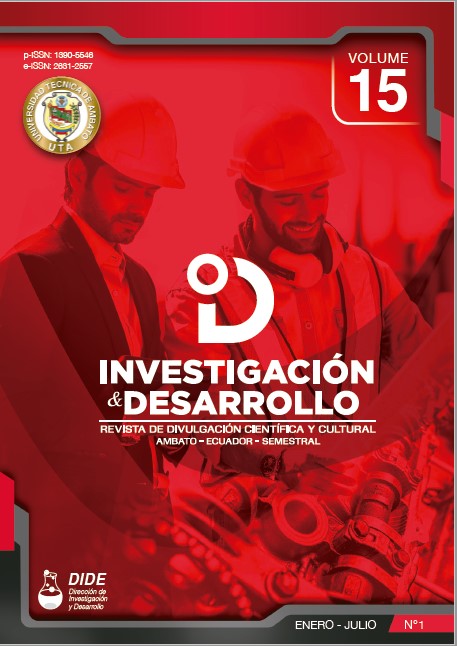Performance evaluation of steel buildings with roof concentrated water masses during intense earthquakes
Main Article Content
Abstract
The analysis of moving water masses located on the roof of buildings is a relevant topic in structural engineering since they often cause severe damage during intense seismic events. Usually, this effect is ignored in seismic design. This paper addresses the problem through the nonlinear dynamic analysis (NLRHA) of a 15-story steel frame structure subjected to a set of 7 Chilean subduction earthquake records scaled to the NCh433 design spectrum. The building was represented by a two-dimensional numerical model in OpenSEES software, while the model developed by Housner and the ACI350.3 standard were used to represent the hydrostatic and hydrodynamic behavior of water at rest and in motion, respectively. The results show that besides modifying the modal parameters, the effect of waves increases the maximum roof acceleration demand by 30% and the maximum displacements and floor drifts by 10%. Moreover, the residual deformation at the end of the event increases considerably (63%), reaching a higher degree of structural damage reflected in the inelastic behavior of the elements.
Manuscript received: 09/09/2021
Manuscript accepted: 11/11/2021
Downloads
Article Details

This work is licensed under a Creative Commons Attribution 4.0 International License.


